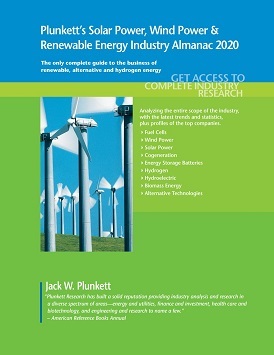Biomass, Waste-to-Energy, Waste Methane and Biofuels from Algae
Biomass energy is the term describing the conversion of certain types of organic material into usable energy, either by burning it directly or by harvesting combustible gases or liquids. In some cases, it can be referred to as “waste-to-energy,” because a common application is the burning of a city’s garbage or an industrial plant’s production scrap, such as wood chips or sawdust. Agricultural residues, such as rice straw, nutshells or wheat straw, are also useful as biomass fuels. Waste-to-energy plants have been in use in the U.S. for decades, frequently operating in tandem. A significant advantage of waste-to-energy is the fact that it reduces the amount of material placed in overburdened landfills. The production of ethanol or biodiesel is another way to utilize biomass to create fuel.
Quantities of waste, such as sewage, manure heaps at feedlots and the garbage filling landfills, create large amounts of methane gas as they decompose. One form of biomass energy generation that utilizes this phenomenon has been affectionately named “cow power.” In this method of energy production, cow manure is placed in a holding tank, where it is heated to around 100 degrees Fahrenheit. This allows naturally occurring bacteria to break down the material, releasing methane, which is collected and burned in a generator. By this method, the manure from one cow can produce about 1,200 kilowatt-hours per year, meaning ten cows can power an average American house. Not only can cow power produce electricity, it can also be used to produce high quality (and noticeably less smelly) fertilizer.
For everything you need to know about the global Solar Power, Wind Power & Renewable Energy sector, see:
Plunkett’s Solar Power, Wind Power & Renewable Energy Industry Almanac 2020

Available to Plunkett Research Online subscribers
See more information about the online edition here.
Also available in Almanac Editions.
Publication Date: December 2019 | Price: $379.99
Printed ISBN: 978-1-62831-517-2
eBook ISBN: 978-1-62831-860-9
See the complete listings of book contents and details here.

